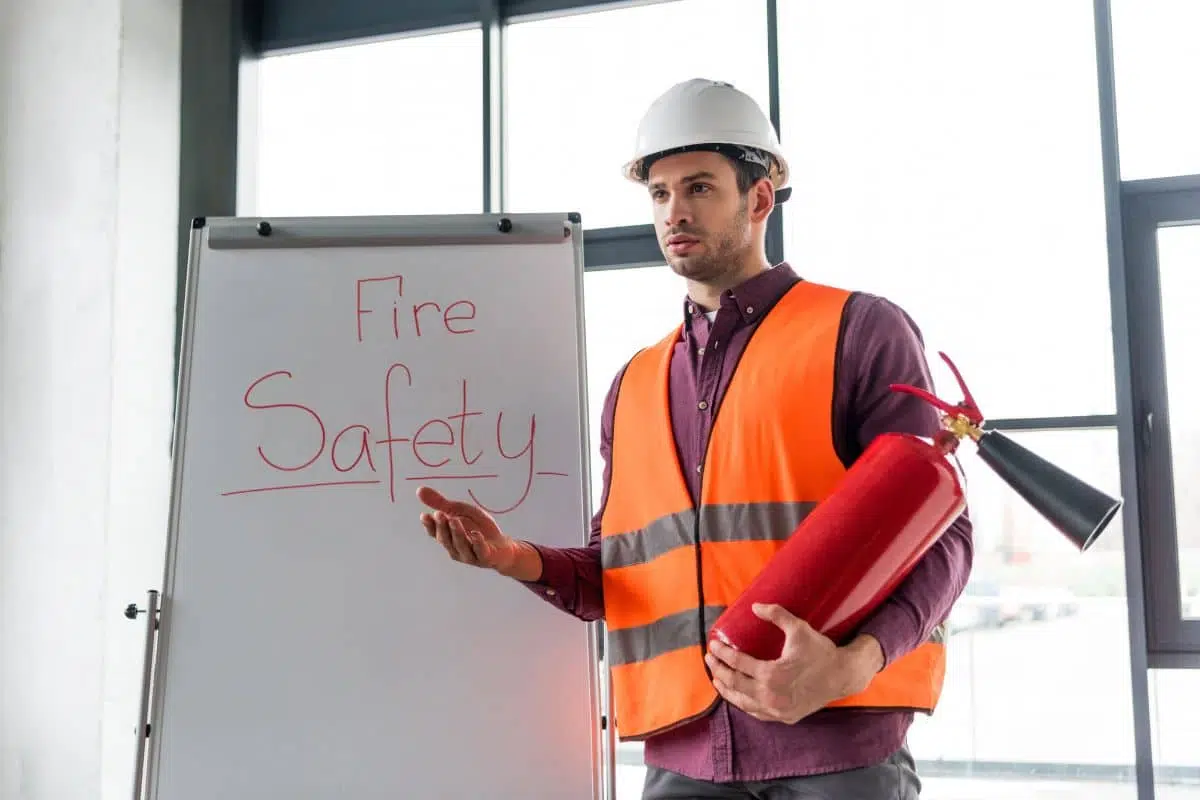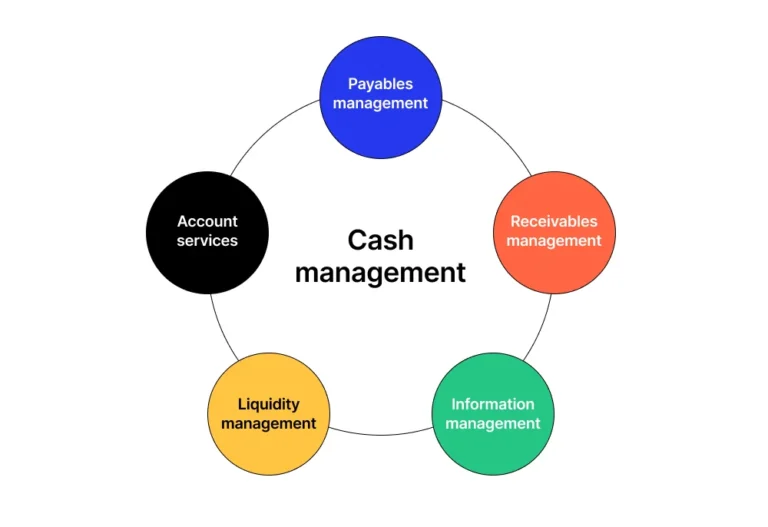
The Importance of Fire Safety Education in Pakistan
Fire safety is one of the most critical aspects of public safety and disaster management. In Pakistan, frequent urbanization, increased industrial activity, and outdated building standards make fire accidents a significant risk. Educating the public about fire safety, prevention, and emergency response can save lives, reduce property damage, and promote a culture of safety. Fire safety education is not limited to firefighters or professionals; it is essential for students, employees, homeowners, and community members. Awareness, knowledge, and preparedness are key components of effective fire safety education, and their implementation can drastically reduce the consequences of fire-related incidents.
The urban population in Pakistan has been rapidly growing, with cities like Karachi, Lahore, and Islamabad witnessing the rise of high-rise buildings, commercial complexes, and industrial zones. While these developments are necessary for economic growth, they also increase the risk of fire accidents due to electrical faults, unsafe construction practices, and negligence. In many cases, residents and employees lack basic knowledge about fire hazards, emergency exits, and proper evacuation procedures. Fire safety education addresses these gaps by teaching individuals how to identify potential hazards, react promptly in emergencies, and use fire-fighting equipment effectively.
One of the main pillars of fire safety education is understanding fire prevention measures. Simple actions such as avoiding overloading electrical circuits, proper storage of flammable materials, and routine maintenance of gas cylinders can prevent accidents. Training sessions and workshops educate people on how to assess risk factors within their homes, offices, or industrial environments. By proactively identifying and mitigating potential hazards, the likelihood of fire incidents is significantly reduced. In Pakistan, fire departments and private organizations often conduct fire drills and awareness campaigns to teach communities these preventive practices.
Emergency response is another critical component of fire safety education. Knowing how to act during a fire emergency can save lives. Individuals must understand the importance of remaining calm, using emergency exits correctly, and helping others evacuate safely. Fire safety programs teach the use of fire extinguishers, hose reels, and other firefighting equipment. They also provide knowledge about contacting fire services and following instructions from authorities. Effective emergency response training ensures that people do not panic during a fire, minimizing casualties and property loss.
Industrial and commercial sectors in Pakistan face a particularly high risk of fire accidents due to complex machinery, chemical storage, and high electricity usage. Educating employees on fire safety regulations, proper handling of equipment, and evacuation protocols is vital for workplace safety. Companies that implement regular fire safety training not only protect their staff but also comply with legal requirements and insurance policies. Moreover, organizations that prioritize fire safety demonstrate social responsibility, enhancing their reputation and fostering a culture of care.
Schools and universities also play a crucial role in fire safety education. Teaching students about fire hazards, preventive measures, and emergency response at an early age instills lifelong awareness. Fire drills, demonstrations, and interactive workshops ensure that students understand how to behave during emergencies. In Pakistan, where many educational institutions are situated in crowded urban areas, fire safety education is essential to protect young lives. Integrating fire safety into the school curriculum can also encourage students to become advocates for safety within their communities.
The construction and real estate sector in Pakistan has a significant responsibility toward fire safety education. Architects, engineers, and contractors must be trained to implement fire-resistant materials, proper exit routes, and smoke detection systems in buildings. Workshops and certification programs educate professionals about building codes, safety standards, and emergency planning. When construction experts prioritize fire safety, new buildings become safer for occupants, reducing the overall risk of fire-related incidents.
Fire safety education is not only about training and awareness; it also involves promoting a culture of preparedness. Households should have fire alarms, extinguishers, and evacuation plans in place. Communities should organize regular safety drills, awareness campaigns, and public seminars. Social media and digital platforms are effective tools for disseminating fire safety knowledge, reaching a wider audience in urban and rural areas alike. Awareness campaigns can highlight real-life incidents, demonstrate best practices, and emphasize the importance of vigilance.
Regulatory authorities in Pakistan, including the National Disaster Management Authority (NDMA) and local fire departments, have started recognizing the importance of fire safety education. They conduct public workshops, seminars, and training sessions for community members and professionals. Partnerships between government agencies, private organizations, and educational institutions strengthen the overall fire safety framework. These collaborations ensure that fire safety education is standardized, up-to-date, and accessible to all.
Another important aspect is the integration of modern technology in fire safety education. Virtual simulations, interactive apps, and online tutorials provide realistic training without exposing individuals to actual danger. Simulation-based training allows learners to experience emergency scenarios and practice their responses. In Pakistan, where large-scale drills may not always be feasible, technology-driven education can bridge the gap and make learning more effective.
Workplace fire safety compliance is a critical factor in reducing industrial accidents. Businesses in Pakistan must adhere to fire safety regulations, conduct risk assessments, and maintain equipment. Employees trained in fire safety can detect hazards early, report issues promptly, and assist in emergency situations. Training programs also cover evacuation planning, emergency communication, and coordination with local fire services. A well-prepared workforce not only ensures safety but also minimizes disruption to business operations during emergencies.
Community-based fire safety initiatives have proven effective in Pakistan. Local organizations, NGOs, and resident welfare associations conduct awareness campaigns and workshops tailored to specific neighborhoods. These initiatives teach residents about fire hazards, proper storage of flammable materials, and emergency response techniques. By fostering community engagement, fire safety education creates a shared responsibility for protecting lives and property. Residents who understand the risks are more likely to take preventive measures and assist others during emergencies.
The role of media in fire safety education cannot be overlooked. Television programs, news reports, social media posts, and public service announcements play a crucial role in spreading awareness. Highlighting past fire incidents, demonstrating preventive measures, and providing practical tips can influence public behavior. In Pakistan, media campaigns have been instrumental in educating citizens about fire risks in densely populated areas and commercial markets.
Investment in fire safety education also contributes to economic benefits. Reducing fire incidents prevents loss of life, property, and business continuity. Insurance companies may offer better premiums to organizations that prioritize fire safety training. In the long term, educated communities and well-prepared workplaces reduce emergency response costs and minimize disruption to daily life. The financial and social advantages make fire safety education a valuable investment for individuals, businesses, and government institutions.
Despite the growing awareness, Pakistan still faces challenges in implementing effective fire safety education. Limited resources, outdated infrastructure, lack of trained instructors, and low public engagement hinder progress. Overcoming these challenges requires coordinated efforts from government agencies, educational institutions, private organizations, and communities. Standardized training programs, accessible resources, and mandatory safety regulations are essential to ensure consistent and effective education.
Fire safety education is particularly crucial in high-risk areas such as industrial zones, high-rise buildings, shopping malls, hospitals, and schools. Tailored training programs for these environments focus on specific hazards, emergency planning, and specialized equipment usage. For instance, hospital staff require knowledge of oxygen systems and patient evacuation protocols, while industrial workers need training on chemical fires and machinery hazards. Customized education ensures that individuals are prepared to handle emergencies specific to their work or living environment.
The integration of fire safety education into national policy is necessary for long-term impact. Pakistan can benefit from mandatory fire safety training in schools, workplaces, and public institutions. Policies should encourage regular drills, certification for staff, and continuous awareness campaigns. A comprehensive approach ensures that fire safety becomes a part of daily life rather than an occasional activity, fostering a culture of preparedness and vigilance.
fire safety education in Pakistan is not just an optional initiative; it is a vital necessity. Educating communities, professionals, and students about prevention, emergency response, and preparedness can save lives, protect property, and enhance public safety. The combined efforts of government authorities, educational institutions, private organizations, and the media are essential to establish a culture of fire awareness and responsibility. By prioritizing fire safety education, Pakistan can mitigate risks, improve disaster preparedness, and create safer environments for its citizens, ensuring a future where fire-related incidents are managed effectively and responsibly.







